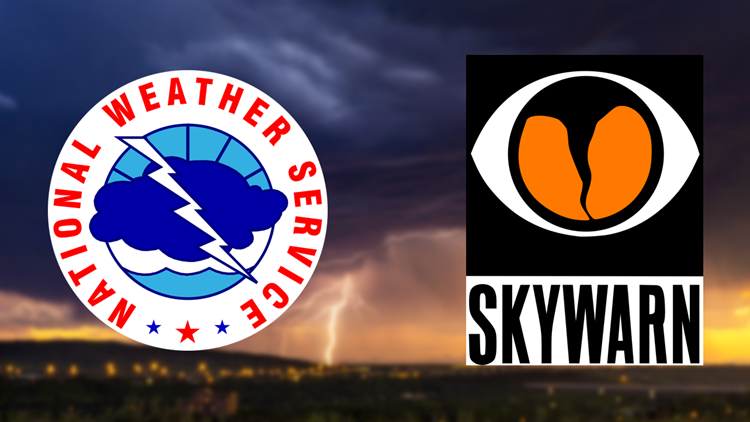SHREVEPORT, La. — As we start to work our way further into fall, severe weather again becomes a possibility here in East Texas. When it comes to keeping the public safe during these storms a big part of the process is information provided to The National Weather Service and local media, such as CBS 19, by members of the public. Many times this information comes from people who are Skywarn Certified Storm Spotters.
If you missed the chance to take in person classes earlier this year, now is your chance to get involved and learn a bit about spotting severe storms!
Facebook Live Skywarn Training:
This Thursday October 3rd at 6 pm The National Weather Service Office from Shreveport, Louisiana is excited to share their first ever training session through Facebook Live. NWS Meteorologist Chris Nuttall will train viewers on how to identify severe weather and report it to the NWS and to local media.
Training will last for approximately one hour and there will be time for viewers to ask questions and speak with NWS representatives throughout the live-stream.
This Facebook Live will take place from the NWS Shreveport Facebook page, www.facebook.com/NWSShreveport.
This class will not allow you to become an official Skywarn Spotter, but will give you a good base of knowledge and the information needed to report severe weather to the NWS and local media. If you would like to take an in person class to become an official spotter, the list of classes for the fall can be found here: www.weather.gov/shv/skywarn.
What Is Skywarn?
Simply put, Skywarn is a storm spotter program organized, originally in the 1960s, by the National Weather Service. Skywarn is a totally volunteer program and includes some 350,000 to 400,000 trained spotters nationwide. Anyone can volunteer, but the program largely attracts those with an emergency services background or amateur radio operators.
Spotters provide weather reports all the time, but their main role involves severe storms. Spotters are trained to identify and report many aspects of severe storms, such as wind speed, hail size, tornadic development, and any damage observed in their area.
These are not storm chasers, but storm spotters. They don't chase down storms, but rather report what is happening in their communities in order to help the National Weather Service better see the "ground truth" about storms and more effectively warn the public by issuing warnings. Even with today's technology, storm spotters and the Skywarn program remain a vital pillar in the structure of severe weather alerts in the United States.
For more information about the Skywarn program please visit https://www.weather.gov/SKYWARN
Connect with CBS 19 Meteorologist Michael Behrens on social media:
Do you have a weather report or pictures you would like to submit to the CBS19 Weather team? You can email news@cbs19.tv and visit our Facebook or Twitter pages.



